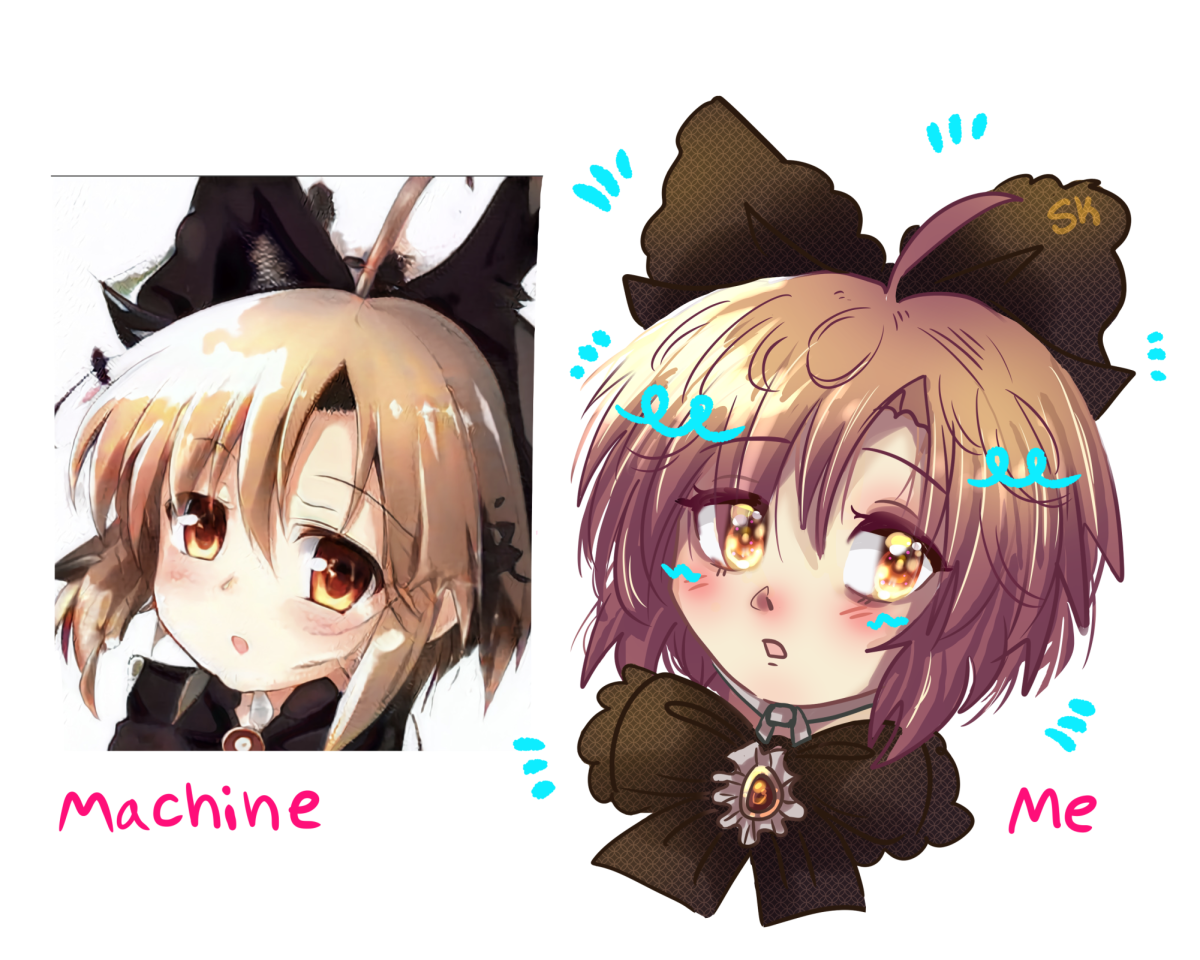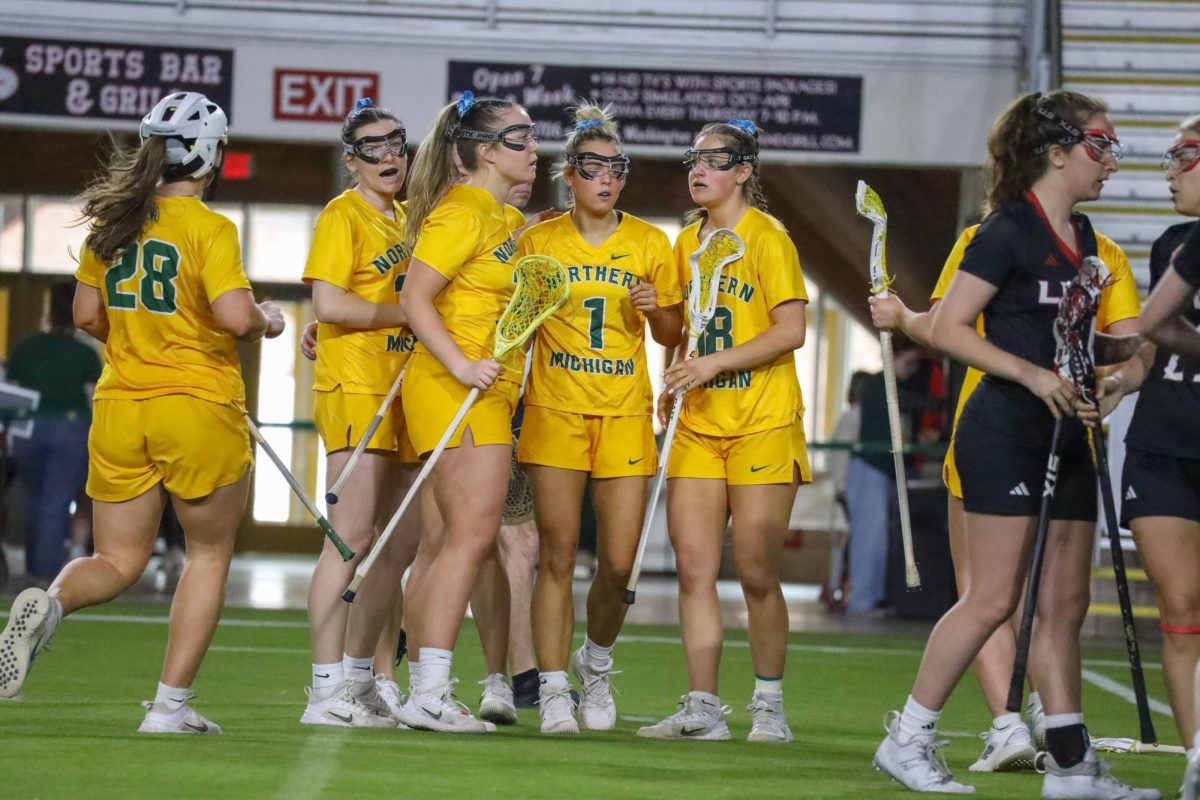Editorial — NMU suffers from lack of diversity
November 10, 2022
Every year, Northern Michigan University releases a several-page report on the demographic of the student population on campus. According to NMU’s Institutional Effectiveness office, this annual report, which is known as the “Student Profile,” highlights the many subpopulations that exist at Northern.
These subpopulations vary greatly, accounting for the entire student population through categories like degree type, age and class level. In reviewing the numbers from the past 17 years, however, we have discovered a troubling trend regarding the percentage of students of color on campus.
This semester, just 11.5% of the campus community consists of students who identify as people of color. This number, compared to the 84.9% of students who identify as white, is staggering. Even further, that 11.5% combines five different races — African American, American Indian, Asian, Hispanic/Latino and those who identify with two or more races — into one number.
When looking at the university’s fall semester data, which traces back to 2005, the number of people of color was steadily increasing up until 2019. The percentage hit its peak at 12.2% of the student population, marking a 6.7 percentage point increase over a 14-year span.
While this fact is to be celebrated, demonstrating a concentrated effort on behalf of the university to diversify the campus population, the percentage has been teetering in the opposite direction – along with enrollment numbers – since 2020.
In recent years, however, NMU has felt more diverse. Student organizations, like the Native American Student Association and Black Student Union, are actively promoted on the university’s official website. Even further, NMU’s Diversity, Equity and Inclusion website contains several valuable campus resources that are tailored to specific student populations.
And while NMU’s Student Profile does not record data regarding the LGBTQ+ and religious populations that certainly exist, we have seen the creation of safe spaces on campus for these groups that are directly sponsored by the university.
For instance, Barbary Lane, the new campus-sponsored gender-inclusive housing, was created this past year. Barbary Lane is a living-learning community that educates and trains its occupants on LGBTQ+ living and experiences in the Upper Peninsula.
Despite all of this, anyone walking on campus can conclude that the student population is overwhelmingly white.
The diversity gap that exists at NMU is holding the university back on several fronts. According to a report by Bradley University, increased levels of diversity in higher education can enhance innovation among students, along with promoting higher levels of academic performance and teamwork.
Outside of academics, diversity on campus correlates with higher levels of respect amongst peers when it comes to different nationalities, along with better preparing students for the globalized world in which we now live.
So, what can we do to help diversify our campus?
Administrative efforts should begin with faculty. Studies have shown that the faculty and staff at universities across the United States are predominantly white and male. When students cannot identify and/or relate to their professors in any capacity, it is much more difficult to develop meaningful academic relationships.
The university needs to create an environment where faculty of diverse backgrounds will want to settle down. This fact is difficult to achieve, however, considering the predominantly white population of Marquette County. Because of this, people of color may feel out of place or ostracized while working here — two qualities that do not make Marquette a desirable place to live.
Administration could also better promote the course offerings that cover a wide variety of cultures and world languages, with nearly 50 classes currently being offered for the general education world cultures requirement. Most of the fliers being displayed around campus advertising these classes were created and distributed by the departments, particularly that of the Languages, Literatures and International Studies department.
However, we believe NMU could best increase diversity levels by establishing an all-encompassing student union.
According to the Higher Education Review, “student unions seamlessly blend the academic demands of college life with the social opportunities.” A student union would, preferably, be a building solely dedicated to the student organizations and resources that currently exist in various places across campus. By centralizing these important assets to our community, we would be creating a safe space solely dedicated to student well-being.
While it can be argued that areas like this already exist on campus, particularly in residence halls, NMU needs to recognize that 57% of its students – including both undergraduate and graduate students – are commuters. These students deserve a space on campus that is dedicated entirely to them and their unique needs as well, including rest areas and kitchen/dining space.
A student union would provide all of these things.
Overall, diversity is a quality that should be valued, appreciated and frequently acknowledged on college campuses. As prospective college students, all we ever heard before applying is how college is the greatest opportunity for developing a sense of self, building an increased understanding of different cultures and learning about the ideas and values of others.
To better promote these college ideals, the university must further prioritize administrative measures to increase campus diversity.
Editor’s Note: The North Wind is committed to offering a free and open public forum of ideas, publishing a wide range of viewpoints to accurately represent the NMU student body. This is an editorial, written by the North Wind Editorial Board in its entirety. It reflects the majority views of the individuals who make up the editorial staff of the North Wind. It is the policy of the Editorial Board not to endorse candidates for any political office, in order to avoid aligning this public forum with particular political organizations.


























